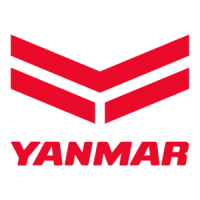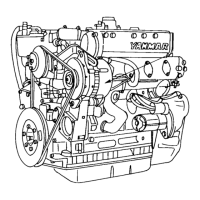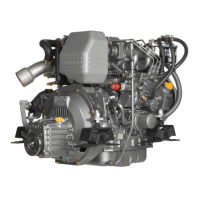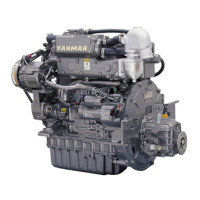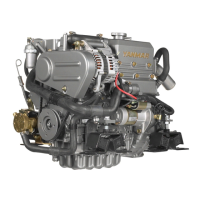3. Operation Page: 19 3.1.1 Fuel Oil Provides guidance on selecting, handling, and the fuel system configuration for diesel fuel.
3.1.2 Lube Oil Details the selection and handling procedures for engine and marine gear lube oils.
3.1.3 Cooling Water Explains the importance of checking cooling water and the use of antifreeze/antirust.
3.2.5 Cranking Provides steps for distributing lube oil by cranking the engine before initial operation after a long disuse.
3.3.3 Operation Covers engine acceleration, deceleration, and clutch operation for forward, neutral, and reverse.
3.4 Long Term Storage Provides instructions for preparing the engine for long-term storage, including draining water.
3. Operation Page: 19 3.1.1 Fuel Oil Provides guidance on selecting, handling, and the fuel system configuration for diesel fuel.
3.1.2 Lube Oil Details the selection and handling procedures for engine and marine gear lube oils.
3.1.3 Cooling Water Explains the importance of checking cooling water and the use of antifreeze/antirust.
3.2.5 Cranking Provides steps for distributing lube oil by cranking the engine before initial operation after a long disuse.
3.3.3 Operation Covers engine acceleration, deceleration, and clutch operation for forward, neutral, and reverse.
3.4 Long Term Storage Provides instructions for preparing the engine for long-term storage, including draining water.
